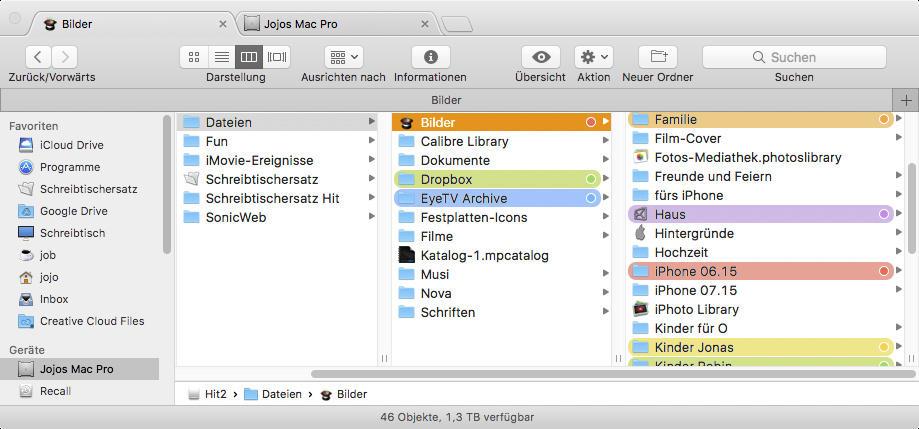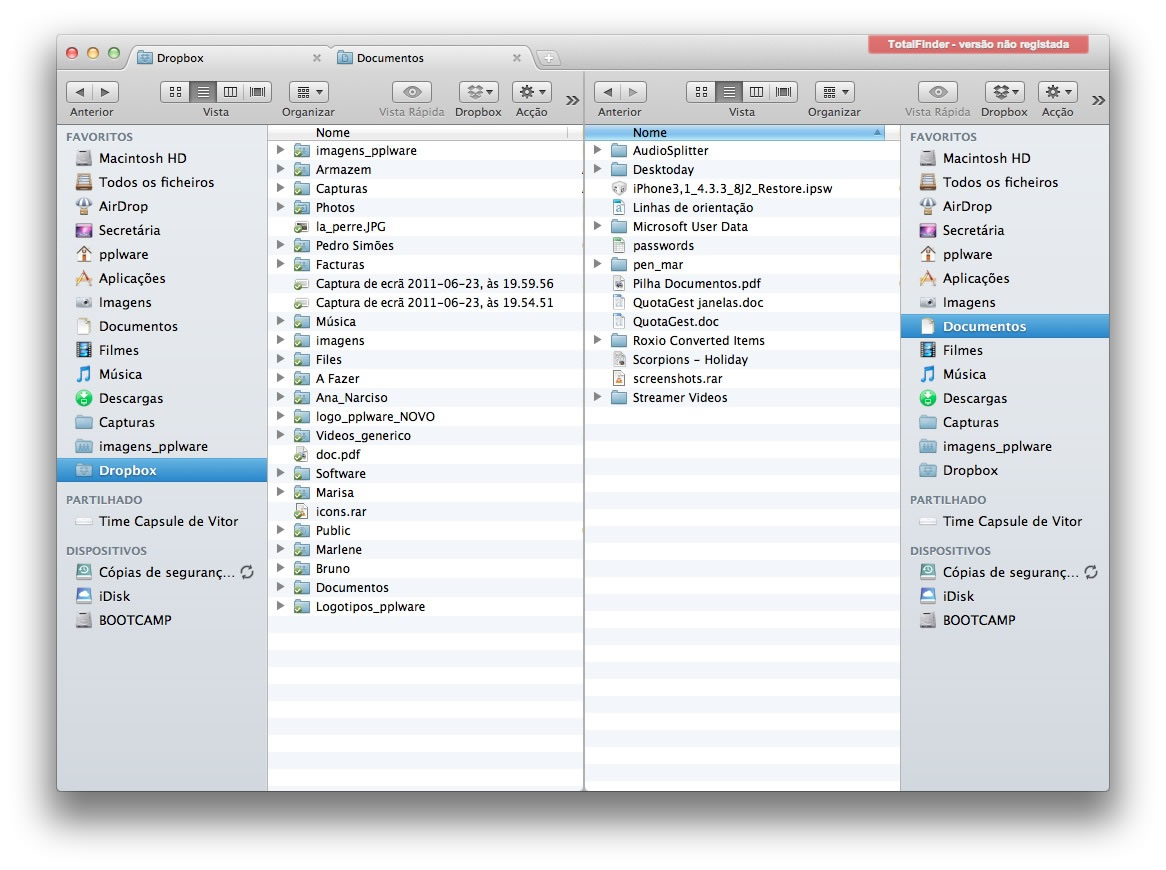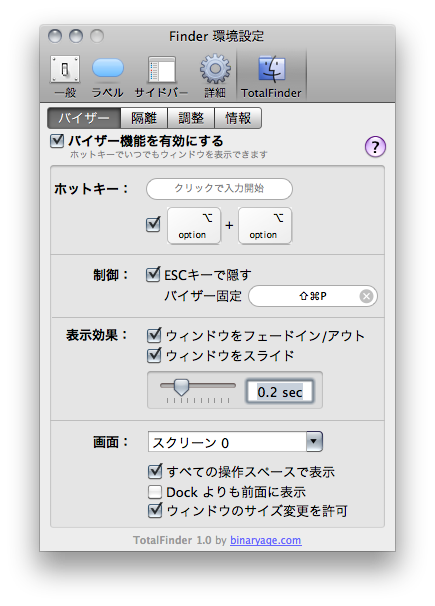

Dual mode’s biggest asset is it enables easier dragging and dropping of files and folders. It’s like having two tabs open in one space. Dual Mode ( ⌘U) It can seen as an extension to tab feature, giving you side-by-side views of two spaces simultaneously. Together with Tab feature it also has some other features.ġ. Also, ⌘N still brings up a new window and Spacebar still launches Quick Look so your old keyboard shortcut habits will still function just fine.

You can press ⌘T to open new tabs and ⌘W to close them, rearrange them via drag and drop and easily transfer files between them.

They are also consistent with keyboard shortcut behaviour of browsers. The Chrome-style tabs are perfectly integrated into the visual interface and don’t add any unwanted clutter. Not only it increases your productivity by adding tab it also provides you to navigate easily among different directories. Instead of opening Finder window each time when you want to browse files/information you can use its tab feature which will add Tab in you Finder window similar to Google Chrome.
Mac totalfinder mac#
So, make the most of your Finder experience, and check out TotalFinder today! Have another other Gadgets that make your Mac easier to use? Send an email to John, and he’ll give it a spin.Recently I have started using TotalFinder, a plugin for Finder in Mac which allows you to easily use Finder. If you’d like, you can also Remove TotalFinder from Status Menu, and even Keep Original Finder Dock Icon. Finally, there’s a group of Tweaks that you can implement, such as Show System Files, Folders on Top, Always Maximize, and Toggle Dual Mode. These are normally invisible files which can store custom attributes of a folder, but tend to clutter up local and network volumes which are shared with other operating systems. There’s also an Asepsis set of features, which will prevent the creation of. If you want to always have a Finder window available, there’s a Visor mode that will, upon pressing a user-defined Hotkey, place a Finder window along the bottom of your screen. Want to close a tab? As you’d expect, Command-W will do this. Want to move a file from one folder to another? Just drag it from one tab to the other.
Mac totalfinder windows#
Once you have multiple tabs, you can perform operations that would previously require you to have multiple Finder windows open.
Want to combine Finder windows? Just drag one into another and a tab will be created. Want to convert a tab to its own Finder window? Just drag the tab to the Desktop. If you’d like to reorder the tabs, just grab one and move it to where you’d like. As you may expect, just as with most modern browsers, just press Command-T, and a new tab appears in the Finder. TotalFinder is a plugin which modifies the behavior of the Finder in-memory, adding many useful features, the first being tabs. While Finder does a fine job of allowing basic navigation of the Mac’s file system, it doesn’t offer a tabbed interface. However, this tabbed behavior hasn’t yet made it to Apple’s Finder. Most acknowledge that this innovation was introduced in NetCaptor around 1997 and of course was part of Apple’s Safari browser when it was released in 2003. If you spend any amount of time surfing the Internet with a Web browser, you no doubt have taken advantage of a tabbed interface, which allows you to switch between multiple browser views in a single window. Product Link : TotalFinder (Free Alpha, $15 for Release)


 0 kommentar(er)
0 kommentar(er)
